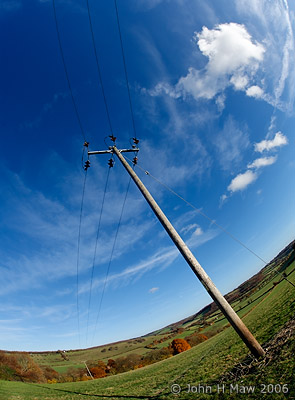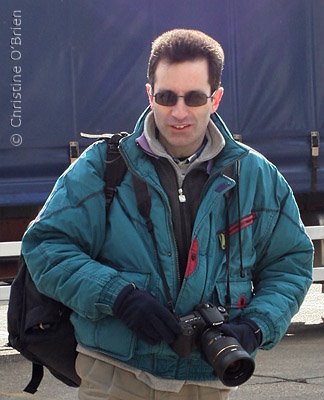Lenses - Through the fish's eye

As well as a choice of lenses of different focal lengths, used in order to capture a wider or narrower field of view, there are also some lenses that are chosen because they have characteristics unique to their particular type. One such is the "fisheye" lens. Most people know what an image taken with a fisheye looks like. Lines that should look to be straight in the normal world are rendered as curved (well most are) and the lens can take in a very wide field of view - normally about 180° - remember to keep your feet and fingers out of the picture.
There are in fact two types of fisheye. Full frame fisheye lenses (see example above and in previous piece) fill the rectangular frame with the image. The normal focal length for these lenses is 15 to 16mm. Circular fisheye lenses produce a circular image (in fact all lenses do, but we normally see just a rectangular part of it) and leave the rest of the frame dark. Lenses of this type are often around 8mm in focal length.
As I have already said, using a fisheye bends straight lines, but it doesn't always to this. If a line goes through the centre of the lens it will not be bent. As you will see in the image above, the pole cuts through the centre of the image (made easy by aligning the centre focussing point in the viewfinder), and the wires are either straight or nearly so. But take a look at the horizon. That has been bent in an extreme way that characterises a fisheye image. So by careful selection of where elements are placed in the frame we can choose to bend them or not. There is also a tendency for fisheye lenses to produce a rather nice starburst type flare if the sun or similar point light source is within the image - again see the image accompanying the previous piece.
Image taken with a fisheye lens near Turville (Chiltern Hills) 19/11/06

0 Comments:
Post a Comment
<< Home